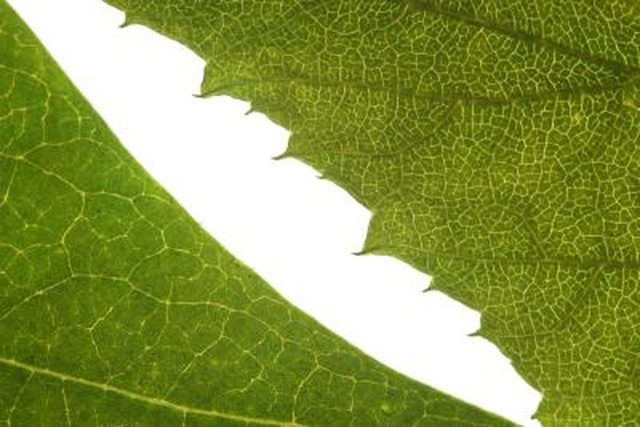Bulbs
Flower Basics
Flower Beds & Specialty Gardens
Flower Garden
Garden Furniture
Garden Gnomes
Garden Seeds
Garden Sheds
Garden Statues
Garden Tools & Supplies
Gardening Basics
Green & Organic
Groundcovers & Vines
Growing Annuals
Growing Basil
Growing Beans
Growing Berries
Growing Blueberries
Growing Cactus
Growing Corn
Growing Cotton
Growing Edibles
Growing Flowers
Growing Garlic
Growing Grapes
Growing Grass
Growing Herbs
Growing Jasmine
Growing Mint
Growing Mushrooms
Orchids
Growing Peanuts
Growing Perennials
Growing Plants
Growing Rosemary
Growing Roses
Growing Strawberries
Growing Sunflowers
Growing Thyme
Growing Tomatoes
Growing Tulips
Growing Vegetables
Herb Basics
Herb Garden
Indoor Growing
Landscaping Basics
Landscaping Patios
Landscaping Plants
Landscaping Shrubs
Landscaping Trees
Landscaping Walks & Pathways
Lawn Basics
Lawn Maintenance
Lawn Mowers
Lawn Ornaments
Lawn Planting
Lawn Tools
Outdoor Growing
Overall Landscape Planning
Pests, Weeds & Problems
Plant Basics
Rock Garden
Rose Garden
Shrubs
Soil
Specialty Gardens
Trees
Vegetable Garden
Yard Maintenance
Where Is the Electron Transport Chain Found in Plant Cells?
Where Is the Electron Transport Chain Found in Plant Cells?. The electron transport chain is a series of membrane-embedded molecules that transfers electrons from one molecule in the chain to the next. The energy released by this process is used to pump hydrogen ions across a membrane and store energy.

The electron transport chain is a series of membrane-embedded molecules that transfers electrons from one molecule in the chain to the next. The energy released by this process is used to pump hydrogen ions across a membrane and store energy.
Function
An electron transport chain (ETC) is analogous to a pump forcing water up a hill against gravity -- the process takes energy, but once the water is at the top of the hill it has potential energy and can drive a turbine as it flows back down. By pumping protons across a membrane, the ETC creates a concentration gradient that other membrane-embedded proteins can use to power the manufacture of adenosine triphosphate or ATP.
Identification
ETCs are vital for photosynthesis and for cellular respiration. Photosynthesis takes place in structures called chloroplasts, while cellular respiration occurs in structures called mitochondria. ETCs involved in photosynthesis are found inside the chloroplast in the membranes of small sacs called thylakoids. ETCs involved in cellular respiration, by contrast, are found in the inner membrane of the mitochondria.
Features
Although ETCs perform similar functions in both cellular respiration and photosynthesis, these two processes actually have opposite effects. Photosynthesis makes sugar molecules as a starting point for the synthesis of other organic compounds and is thus an anabolic process -- a process that builds up larger molecules from smaller components. Cellular respiration, by contrast, is a catabolic process, meaning that it breaks down sugars to yield smaller molecules of CO2 and water.